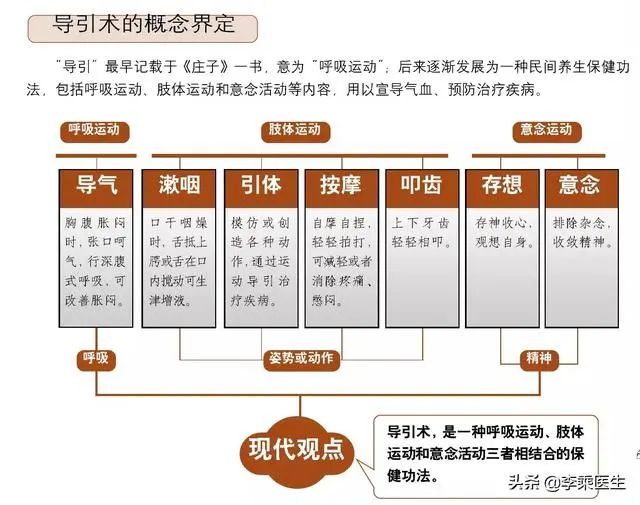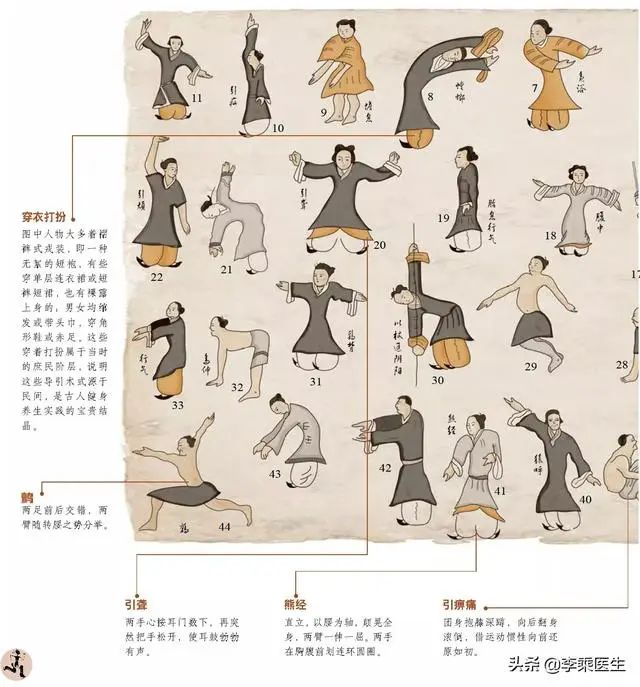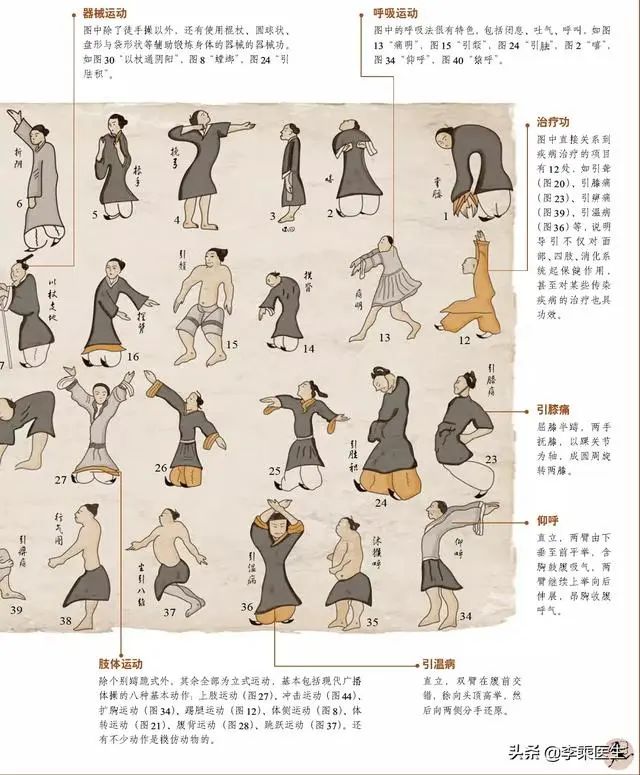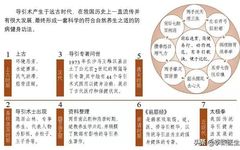
Daoyin health cultivation is based on ancient health practices, integrating traditional cultures such as medicine, psychology, philosophy, literature, and martial arts, and has been developed through long-term effective practice. It has been extensively organized and improved by the medical and qigong communities, resulting in various forms of Daoyin, such as the Five Animal Frolics (Wu Qin Xi), Eight Pieces of Brocade (Ba Duan Jin), and Sixteen Pieces of Brocade (Shi Liu Duan Jin), which greatly benefit the human body.
What is “Daoyin Health Cultivation”
Daoyin is an ancient therapy used for health maintenance and disease treatment, originating from ancient dance movements, often combined with breathing exercises and massage. The term “Dao” refers to exhaling stale air and inhaling fresh air, essentially purging the old and taking in the new; while “Yin” refers to the movement of the body. “Daoyin” utilizes breathing techniques to harmonize the internal qi (气) and, combined with self-directed movements, promotes flexibility and strength in the limbs. The specific content includes both qigong and physical exercise therapies.
A Thousand-Year-Old Health Mastery
Daoyin places great emphasis on the coordination of various bodily functions, the harmony of form and spirit, and the balance between humans and nature. Daoyin health cultivation can be seen as a perfect combination of breathing, intention, and physical movement. It incorporates daily health practices, integrating mental cultivation, emotional regulation, dietary moderation, regular routines, avoidance of smoking and excessive alcohol, and appropriate exercise into a cohesive health regimen. Early forms of Daoyin also included qigong and massage, but as the Daoyin system developed, qigong and massage gradually became separate from Daoyin. The advancements in ancient medicine directly propelled the development of Daoyin. The Daoyin Tu (图) discovered in the Mawangdui Han tomb features over 40 postures, each with an independent Daoyin technique, accompanied by simple textual annotations. The Daoyin Tu can be considered the earliest and most complete ancient gymnastics diagram discovered to date.
From the perspective of physical movement, Daoyin is categorized into standing, walking, and sitting forms. Standing forms include techniques such as Shuxin Pingxue Gong (舒心平血功), Hewei Jianpi Gong (和胃健脾功), and Yiqi Yangfei Gong (益气养肺功). Practitioners can choose targeted exercise methods based on their individual conditions and practice them in conjunction with breathing to achieve health and longevity. Additionally, there are many Daoyin techniques that mimic animal postures, such as Hua Tuo’s Five Animal Frolics, which imitate the movements of the tiger, bear, deer, monkey, and bird. Daoism teaches that “flowing water does not rot, and the door hinge does not rust,” meaning that through physical exercise, one can improve internal blood circulation and accelerate metabolism to prevent disease. In summary, Daoyin, as a health cultivation method, possesses unique charm, leading to its development throughout the ages.
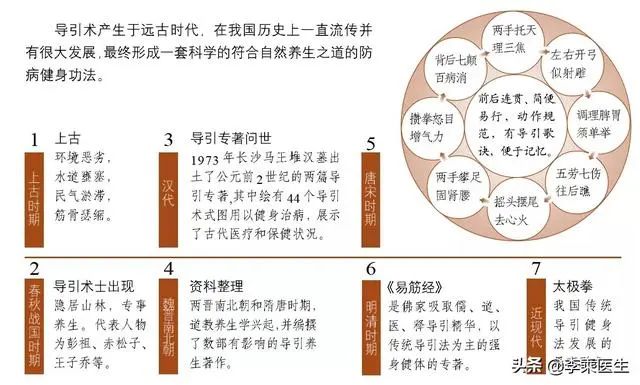
Illustration of the Brief History of Daoyin
